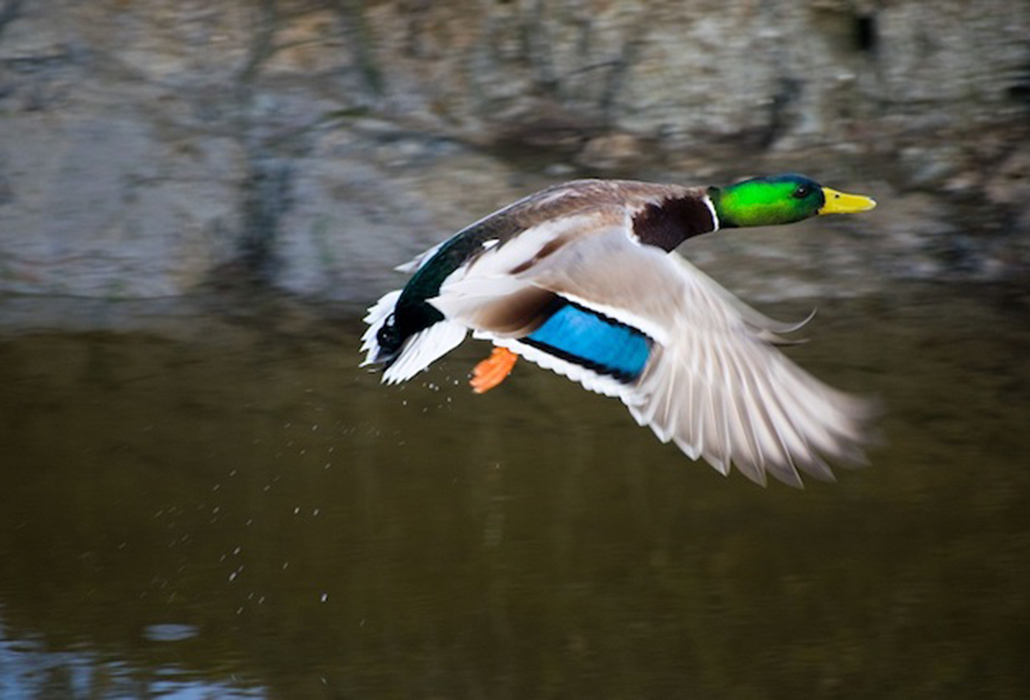Underwater Meadows of Life
Follow ( 0 Followers ) X Follow E-mail : * Follow Unfollow

Reviving Your Wetlands—the San Elijo Lagoon Restoration Project—is about to begin. San Elijo Lagoon Conservancy is guiding the restoration of the lagoon, estimated to conclude in 2020. This essential restoration project is funded by Transnet tax revenue.
Mallard, by Vern Ege
Only female Mallards make the quacking sound we’ve come to associate with ducks. Male Mallards make a softer, rasping noise. Year-Round Resident
Mudflats are the primary source of food for many animals, especially waterfowl that spend the winter here, and those that use the lagoon as a resting and refueling area during migration. At present, there are only 35 acres of mudflats. It is estimated that without restoration, all mudflats will be functionally gone in 5 years. Today, the pattern and extent of tidal circulation is insufficient to maintain a healthy system. Saltmarsh plants, like cordgrass, are overgrowing the mudflats.
Snowy Egret, courtesy SanElijo.org/AnimalGuide
Sometimes, the Snowy Egret looks like it’s doing an awkward dance in the lagoon, high-stepping with wings spread. It’s hunting. And this bird knows many hunting tricks.
Restoration will not overwhelm existing habitat, so birds will have the ability to nest where they feel safe. Studies indicate that sufficient alternate habitat is available for species to move within the lagoon basins or temporarily to other lagoons, if needed. This will be a short-term disruption, and long-term, the wetlands are expected to revive and thrive.
Dunlin, by Bill Harris
These medium-sized sandpipers fly off into sunset at San Elijo Lagoon. Migratory winter visitor
Striped Shore Crabs on mudflats can eat algae by the clawful. A natural recycler—tidbits of decayed animals are on its menu.
Scaup, by Jo Quinn
This diving duck eats clams, snails, crustaceans, aquatic insects, seeds, and aquatic plants. Migratory winter visitor
Salty Susan adds bright pops of yellow from May to October. Like Pickleweed, these native plants concentrate seawater in special spaces, using the remaining fresh water to grow.
The nearly 1000-acre San Elijo Lagoon Ecological Reserve is home to more than 300 species of birds including: year-round residents, winter visitors, summer breeders, and migrants passing through to rest and refuel. Pictured: Northern Pintail at San Elijo Lagoon
Share with us so that we can keep you updated on all the latest news—both behind the scenes as we learn—and about what you’re seeing as restoration begins.
Follow ( 0 Followers ) X Follow E-mail : * Follow Unfollow